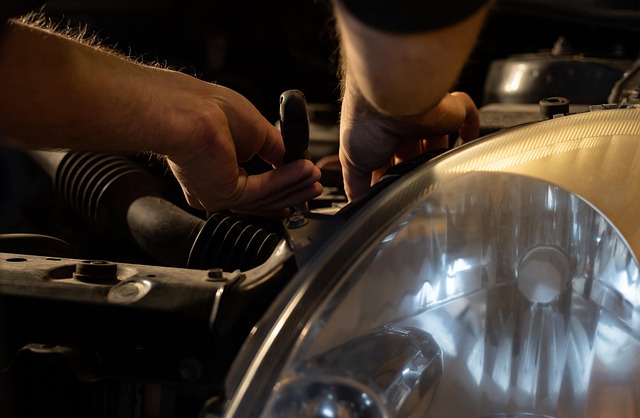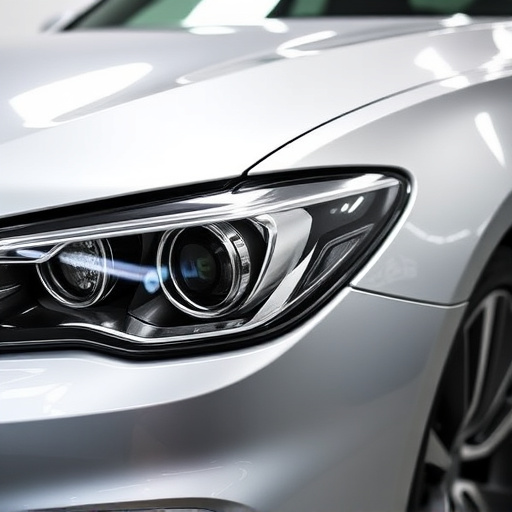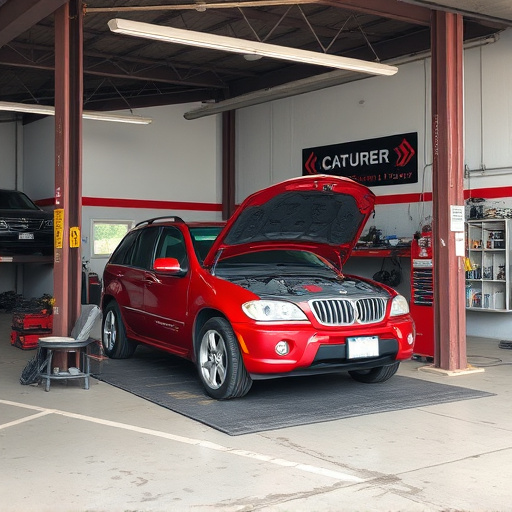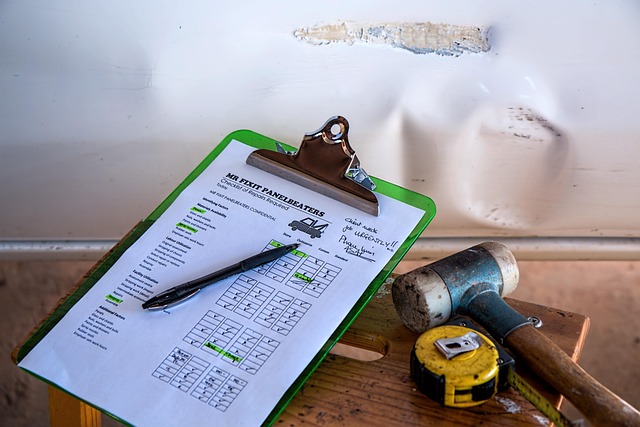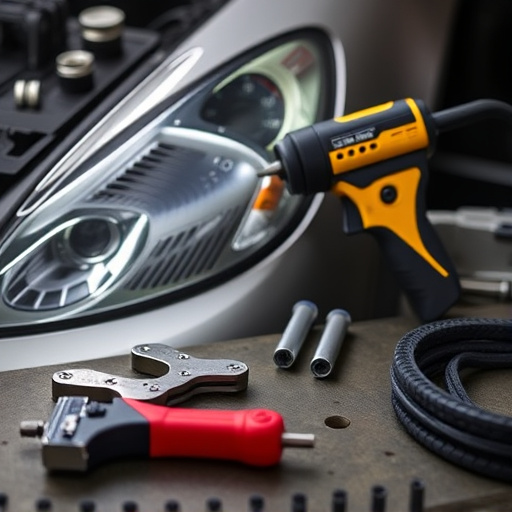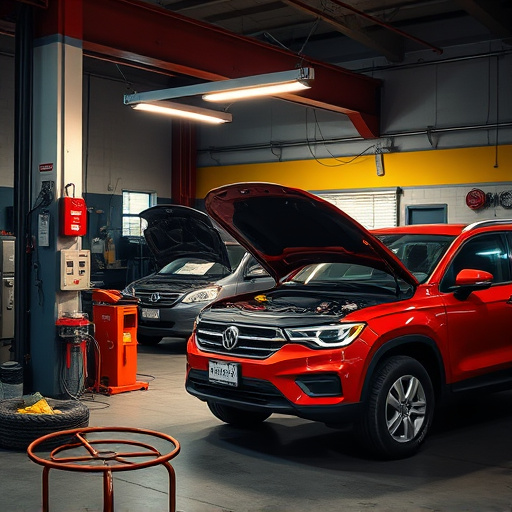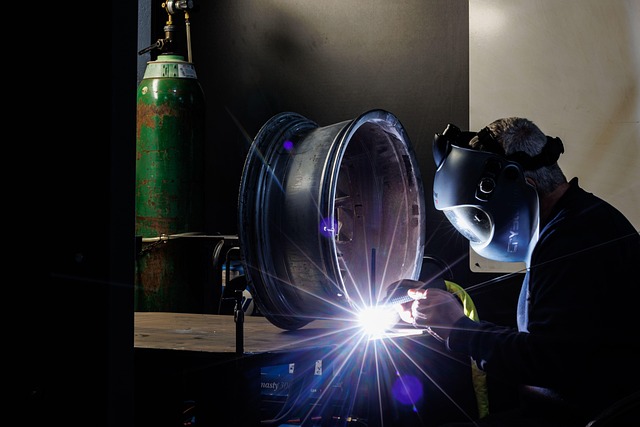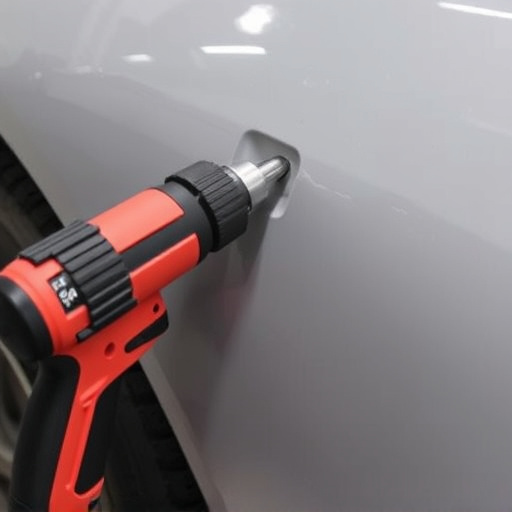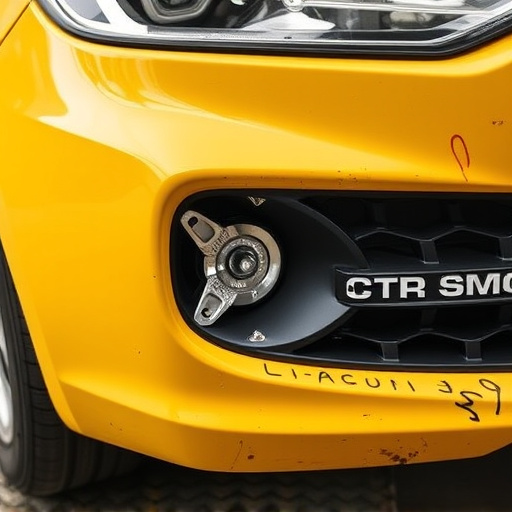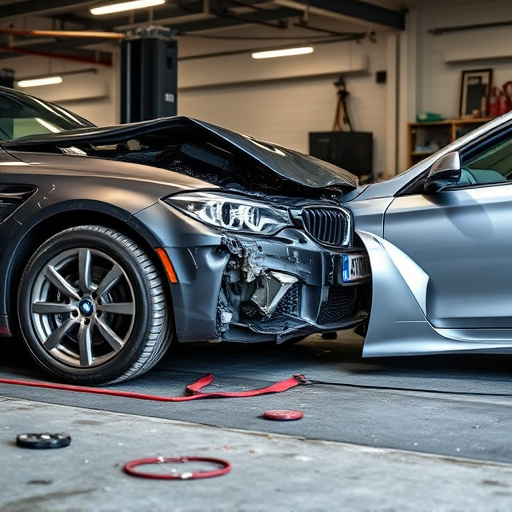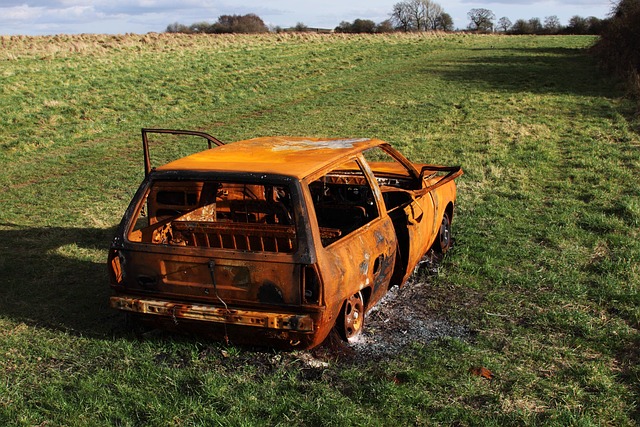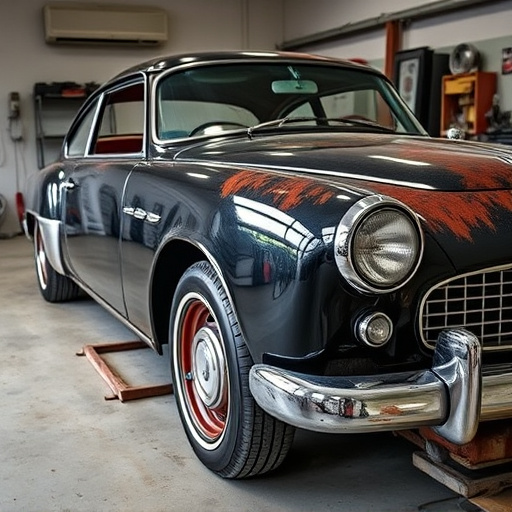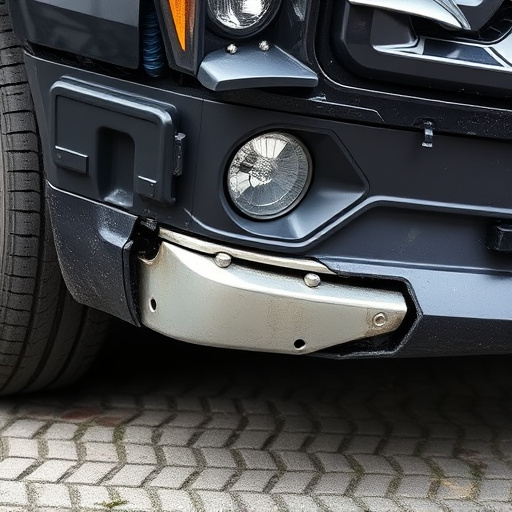Paintless Dent Repair (PDR) is a modern, non-invasive auto dent repair technique that preserves the factory finish and retains vehicle value by restoring metal without damaging the paintwork. Ideal for minor to moderate dents, PDR uses specialized tools to push and pull dented areas back into place, completing repairs faster than traditional methods. However, its effectiveness depends on technician skill, color matching accuracy, and damage severity; traditional repair methods are recommended for severe damage affecting panel understructure. Choosing the right approach ensures effective, cost-efficient care from a reputable car body shop.
In the realm of vehicle aesthetics, understanding the nuances between traditional dent repair and innovative paintless techniques is paramount. This article delves into these contrasting approaches, offering a comprehensive comparison. From the intricacies of traditional methods, including their proven track record with paint applications, to the emerging popularity of paintless dent repair—a game-changer for meticulous owners—we explore pros, cons, and optimal applications. Discover which method aligns best with your vehicle’s unique needs.
- Understanding Traditional Dent Repair vs. Paintless Techniques
- Pros and Cons of Each Method: A Detailed Analysis
- Choosing the Best Approach for Your Vehicle's Needs
Understanding Traditional Dent Repair vs. Paintless Techniques

Traditional dent repair methods have long been the go-to solution for damaged vehicles, involving a more invasive process. This typically includes sandblasting or cutting out the affected panel, followed by welding and repainting. While effective, it can be time-consuming and costly, often leaving visible scars on the vehicle’s exterior. In contrast, Paintless Dent Repair (PDR) is a modern, non-invasive technique that has gained popularity among auto dent repair specialists and vehicle owners alike. PDR focuses on restoring the original shape of the metal without damaging the paintwork, making it an efficient and cost-effective solution for minor to moderate dents, including those from fender benders or small debris impacts.
This innovative auto dent repair approach is particularly advantageous when considering vehicle repair services. Unlike traditional methods that may require extensive body work, PDR preserves the factory finish, ensuring a seamless and like-new appearance. Moreover, as a specialized tire services offering, PDR technicians use a range of tools and techniques to push and pull the dented area back into place, leaving no traces of damage. This not only enhances the vehicle’s aesthetics but also retains its value, making it an appealing option for those seeking a quick, efficient, and economical solution for their vehicle repair services.
Pros and Cons of Each Method: A Detailed Analysis
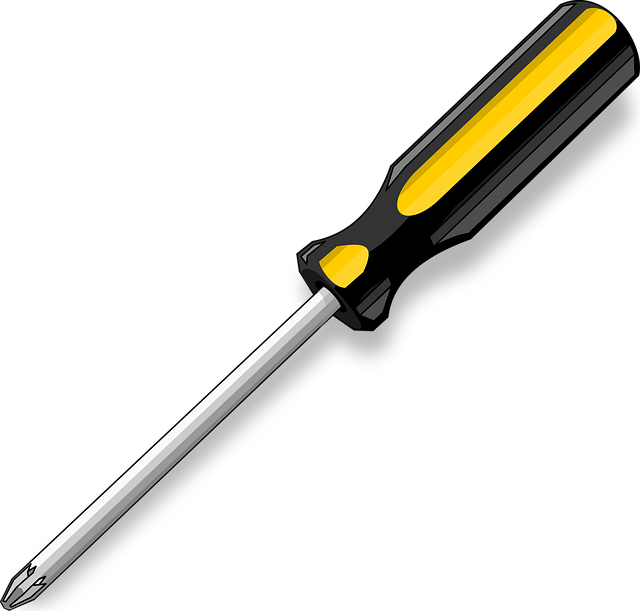
Paintless Dent Repair Method:
Pros: This modern technique is celebrated for its ability to restore vehicle bodywork without painting, minimizing damage and preserving original finishes. It’s a non-invasive process that uses specialized tools and techniques to press out dents, making it an attractive option for auto body services that prioritize efficiency and cost-effectiveness. Moreover, since no paint is involved, the repair can often be completed faster than traditional methods, reducing downtime for vehicle owners.
Cons: The effectiveness of paintless dent repair depends heavily on the skill and experience of the technician. While it excels on shallow dents and certain types of damage, deeply ingrained or complex dents might not respond well to this approach. Unlike traditional repairs that offer a broad range of color matching options, paintless methods are more challenging when dealing with vehicle dent repair involving different panel colors or textures. Additionally, some critics argue that it may not always match the vehicle’s original gloss and texture perfectly, leaving visible signs of the repair.
Choosing the Best Approach for Your Vehicle's Needs

When deciding between traditional dent repair and the modern, innovative approach of paintless dent repair (PDR), it’s essential to understand your vehicle’s unique needs. Each method has its advantages and is suited to different scenarios. A collision repair shop will often recommend traditional methods for severe dents or damage that involves the panel’s understructure. This involves skilled technicians using various tools to remove the dent, ensuring a seamless finish and restoring structural integrity.
On the other hand, PDR is an excellent choice for minor scuffs, dings, and hail damage. Car paint services specializing in this method use specialized tools and techniques to push the dent back into place without breaking the paint surface. This results in faster repair times, reduced costs, and minimal disruption to the vehicle’s factory finish. Choosing the right approach depends on the extent of the damage, ensuring your car receives the most effective and cost-efficient care from a reputable car body shop.
When it comes to repairing vehicle dents, paintless dent repair methods have gained popularity due to their non-invasive nature and ability to preserve the car’s original finish. By utilizing specialized tools and techniques, this modern approach offers a quick and efficient solution without the need for repainting. However, traditional dent repair still has its merits, especially for more severe cases or specific vehicle types. Understanding the pros and cons of each method is key to making an informed decision. Ultimately, choosing the best approach depends on your vehicle’s unique needs, budget considerations, and personal preference, ensuring a flawless restoration without compromising aesthetics.
